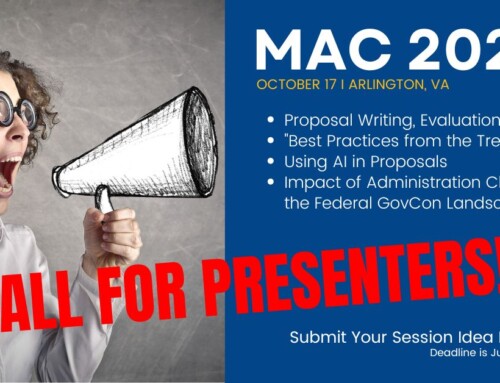Business is all about knowing your markets. You need to know who you are selling to, and you must be able to identify and understand your competition. Failure to do so can seriously impact businesses of all types, but especially start-ups and businesses just getting their footing.
Business reality television shows us this with regularity. On the current season of Dragons’ Den, the British version of Shark Tank, a wetsuit company called Funky Seal Wetsuits came onto the show seeking an investment. Their major stumbling block was they did not know the overall size of the wetsuit market in the UK, or how that market is divided amongst their competitors. On Paramount Television’s hit show Bar Rescue, host Jon Taffer always examines the demographics of the local area and the competitive landscape when developing his concept for rehabilitation.[intense_blockquote width=”33%” rightalign=”1″]To identify the needs of a client, there is no better source than what they have said.[/intense_blockquote]
In proposal development, we rely on capture teams to provide an understanding of the client and the competition. Client information allows us to address their needs, hot buttons, and concerns in order to enable their success. Knowing our competition allows us to hone our themes by highlighting our strengths (especially if they align to a competitor’s weakness).
All too often, that information is hard to come by. Our company may decide to bid on something after it has come out. The opportunity may not be a priority for the company, resulting in a lack of capture resources. How do we overcome these deficiencies? This post identifies three simple, free resource types for engaged proposal professionals to use to get information critical to making the proposal stand out from the rest.
WHAT HAS THE CLIENT BEEN SAYING?
To identify the needs of a client, there is no better source than what they have said. You may not be able to schedule a meeting with a client’s key decision-makers after the solicitation has dropped, but you can certainly research what they have said in public.
The first step is to find what key people in your client’s organization have been saying. Without proper capture, you may not know exactly who will be evaluating your proposal. However, by looking at what senior people in the agency or sub-agency have said, you can get insight into their overarching concerns and needs.
Second, conduct multiple searches on those individuals. Google News or just a general Google search can help you to identify public talks, articles, interviews, and other resources. Industry-specific publications like NextGov and Washington Technology provide great sources of information. Combined, these sources can help you get insight to guide your effort’s focus.
Third, look to see if the top individuals in the client organization have social media profiles. What do they post or like on LinkedIn? What do they tweet or retweet on Twitter? You can get a sense of what is important to them through these platforms.
Finally, summarize the information. Create a short profile for each individual you have researched. Use that information to construct a basic framework of key ideas you need to highlight throughout your work. This provides a level of intimacy and gives you a starting point for incorporating key ideas.
STRATEGIC DOCUMENTS[intense_blockquote width=”33%” rightalign=”1″]Knowing who our buyer is, and who else is attempting to sell to them, is critical to corporate success.[/intense_blockquote]
Most Government agencies have multiple strategic plans that focus on key interests and direction. you can often find both a general strategic plan and an IT-focused version. These documents, available publicly on agency websites, provide great insight into their areas of investment and concern in the coming years. It can also give you a source to help your other research. You can also do targeted news searches around those key initiatives to see what progress, and missteps, have occurred.
You can use a similar approach to investigate your competition. For example, the Securities and Exchange Commission (SEC) requires publicly traded firms to file a Form 10-K, a comprehensive summary of a company’s financial performance. When you make your way through the legally required information you can find some great nuggets on corporate priorities, strategic direction and investments, and areas of concern.
EXTRA! EXTRA!
Finally, look at what potential clients say about themselves. Most companies and agencies have a public news portion of their site. They publish press releases and other key information. You can learn a lot by going through those resources. Sometimes, you might even find opportunities to chase, either from a competitor’s release or something posted on a client’s site about what they anticipate doing in the coming months or years.
CONCLUSION
Knowing who our buyer is, and who else is attempting to sell to them, is critical to corporate success. In business reality television, you cannot expect to get an investment without knowing who you’re selling to and competitors in the same space. It creates too much risk. In proposal development, we need to know the same information so we can make the proposal about the client. By using the tips above, we can add another layer of understanding and insight into our bids, even without strong capture.





Leave A Comment